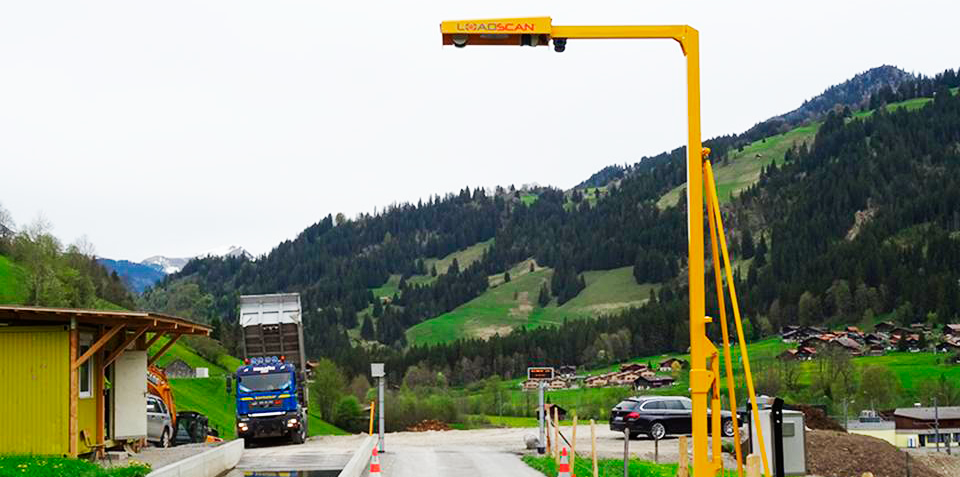Loadscan’s Carey West shares his export story with Catherine Beard. Targeted trade shows have been one major key to success.
Developed by his father in 1998 to solve the problem of accurately counting truckloads of materials, Carey West is now taking Loadscan all over the world.
Carey used to work in the construction industry in Hamilton while his Dad was developing the original scanning machine. He was perfectly positioned to see what improvements could be made to the product.
In 2006 his father employed the engineer who helped develop the original product and they continued refining it and working towards trade approval in Australia, which was gained in 2010.
Carey took over the business in 2011 after his father passed away. He invested his own money to re-launch and rebrand it in December 2012, employing extra staff, including a salesperson.
“It’s quite hard to sell the product as it looks just like a yellow lamp post!” says Carey, as he describes how Loadscan works. “It uses laser technology to create 3D profiles of the truck bin as the vehicle drives under it. It scans the load and accurately measures the volume of material in the bin, and produces additional data for the customer.
“Sales were slow to start with and I had my back against the wall on a few occasions. But we got there.
“We’ve continued to develop the product and used NZTE for mentoring and some R&D. But a lot of it’s been driven by us going into the market and putting ourselves out there.”
When Carey took over the business there were Loadscan units in New Zealand, Australia, two in Tahiti and just a few in the US.
Today Loadscan has exports to Canada, Mexico, Mongolia, the Democratic Republic of Congo, Russia, Senegal, Zambia, Switzerland, Germany, the Philippines and Indonesia.
Carey credits their website with getting into most of those markets.
“Also, every January we attend the US Compost Council annual conference and trade show where there’s a live demo day. We get a lot of sales through that show in the US compost and mulch market. Last year we bit the bullet and went to Mine Expo in Las Vegas too – that really cemented us in the global mining market.”
“I got a unit into an Australian mine by giving them a cheap deal; in return I had access to their data, and I could take photos and get a case study to use for marketing.”
Carey used a clever tactic to break into the Australian mining market and prove the value of his product.
“I got a unit into an Australian mine by giving them a cheap deal; in return I had access to their data, and I could take photos and get a case study to use for marketing.
“They were under-loading their trucks by nine percent, but because they could educate their operators to load correctly using a 3D visual of the load, they were able to gain that nine percent back, which gave them an extra US$430,000 per month.
“This gave me a compelling case for why mines should use our product. We were able to use it for marketing around the world – including Mine Expo, where we invested in a full page ad and emailed the delegates beforehand, which got a great success rate.”
Carey’s top tips
Carey’s advice for fledgling exporters is to identify the market you want to be in and go and chase it.
“You’re probably not going to like it, but you’re going to have to go to a trade show. They’re expensive, so research the right one where you’ll find the right people for your business.
“Understand what benefits you can provide to each customer in each industry. Ask yourself what is the benefit you’re providing; what’s the value your product is going to give them? “Getting that message to them in your marketing material is important because they are all focused on ROI.
“Get across a lot of platforms, and have a really sharp website with good SEO (search engine optimisation) and linked to social media. You’ve got to create that online presence.
“I employed a specialist company to do this for us and we’re now in the top of Google searches.
“As well as that online presence, you need a person on the ground to create relationships with customers. The sales process can be quite long – sometimes up to two years.
“One thing I found out early on is that by getting on a plane and visiting these guys, and showing that you’re real and you’re serious, goes a long way.”




